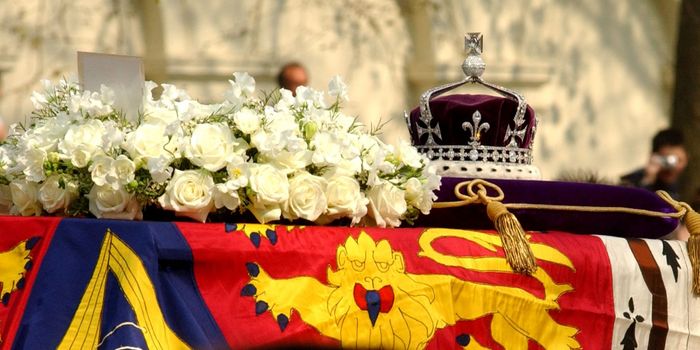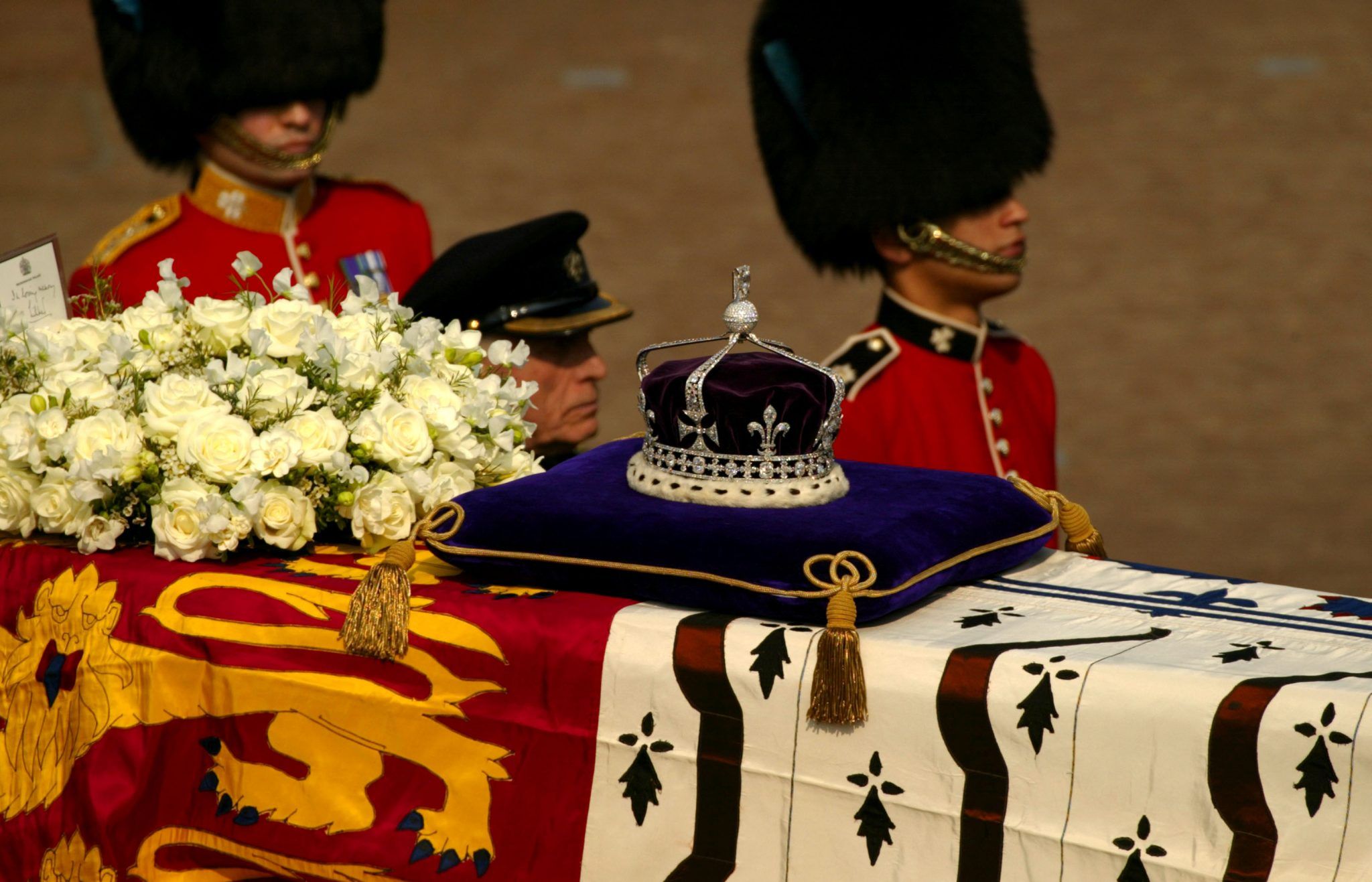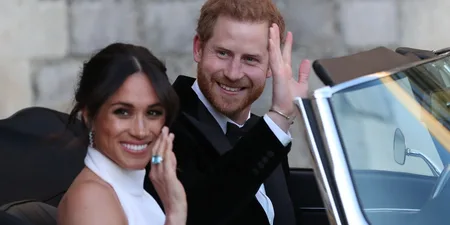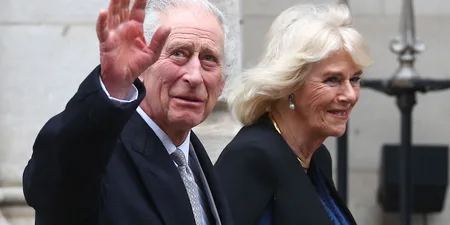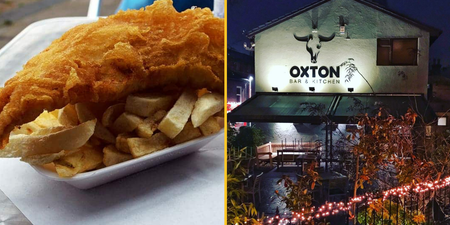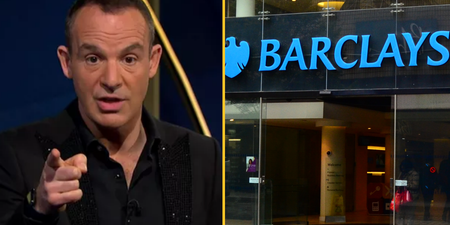Wearing the jewel could ‘transport a few Indians back to the days of the British Empire’
A priceless 105-carat diamond could bring back “painful memories of the colonial past” for India if it’s used in Queen Consort Camilla’s coronation next year, the country’s prime minster has said.
King Charles III and Queen Consort Camilla’s coronation will be held on 6 May in Westminster Abbey, Buckingham Palace confirmed this week.
While King Charles would be anointed with holy oil, receive the orb, coronation ring, and sceptre, and be crowned with St Edward’s Crown, Camilla was set to be anointed with holy oil and crowned with the Queen Mother’s crown.
That crown has a long contentious history and has been subject to intense debate since the Queen’s passing last month.
On the front of her crown, sits the Koh-i-Noor diamond – one of the largest cut diamonds in the world. It was controversially gifted to Queen Victoria by the last Sikh emperor of India.
Although there are disputes between India, Pakistan, and Afghanistan over which country is the rightful owner of the diamond, all three reportedly believe it should now be removed the Crown Jewels.
When gifted to Queen Victoria, the diamond was worn by the monarch, and became part of the Crown Jewels after she passed away and is currently on display in the Tower of London.
Her will stated that the diamond should only be worn by a female monarch of the wife of the head of state.
The diamond has been seen on the crowns of Queen Alexandra and Queen Mary. Queen Elizabeth, the Queen Mother wore the crown twice during the reign of King George VI – once at the State Openings of Parliament, and again at the coronation of Queen Elizabeth II.
Within hours of the news breaking that the Queen had died at Balmoral, South Asians across the world started calling the for the prized jewel to be retuned.
queen dies and the first thing that india trends is kohinoor 💀 pic.twitter.com/7YbnPgJRlx
— Gojo's wife 🦦 (@7OSRUE) September 8, 2022
The jewel, thought to bring bad luck to men but good fortune to women, is said to symbolise a larger protest against the British for downplaying the brutality of their 200-year rule and the scale of their loot.
This week, Indian Prime Minister Narendra Modi’s governing party argued that the use of the diamond in the coronation could “transport a few Indians back to the days of the British Empire”.
In a statement to The Telegraph, they claimed: “The coronation of Camilla and the use of the crown jewel Koh-i-noor brings back painful memories of the colonial past.
“Most Indians have very little memory of the oppressive past. Five to six generations of Indians suffered under multiple foreign rules for over five centuries.
“Recent occasions, like Queen Elizabeth II’s death, the coronation of the new Queen Camilla and the use of the Koh-i-noor does transport a few Indians back to the days of the British Empire in India.” The palace has not yet stated whether the Koh-i-Noor diamond will be part of the Queen Consort’s coronation crown.
Indian economist Utsa Patnaik, who studied Britain’s economic history, told Vice the British took at least $45 trillion from the subcontinent between 1765 to 1938 – 17 times more than the annual gross domestic product of the UK today.
British royalty claim the Koh-i-Noor was a “gift,” although at least four countries – India, Pakistan, Afghanistan and Iran – say it’s a looted item and should be returned.
“Britain owes us,” wrote Indian member of parliament Shashi Tharoor, who has been advocating the return of Koh-i-Noor.
“But, instead of returning the evidence of their rapacity to their rightful owners, the British are flaunting the Kohinoor on the Queen Mother’s crown in the Tower of London.”
The author of Jewel In the Crown, which documents how the British royalty got hold of the diamond, added, “It is a stark reminder of what colonialism truly was: shameless subjugation, coercion, and misappropriation.”
Around the time Elizabeth II was born, the British empire ruled over 412 million people – about one-fourth of the world’s population – and historians suggest that British colonisation was riddled with abuse, inequalities, racism, violence and extreme drain of wealth.
While the late Queen was not alive during the height of it, she had been accused of turning a blind eye.
Related links:
- Former colonies of the Queen want their $400 million diamond back from the Crown Jewels
- Moment new King loses it over proclamation pen tray goes viral
- Day of Queen’s funeral will be a bank holiday
- Charles ‘told Prince Harry not to bring Meghan Markle to Balmoral to see dying Queen’
- King Charles III addresses the nation for the first time as monarch
- What will happen to the UK currency now the Queen is dead?
- British national anthem set to change after Queen’s death
